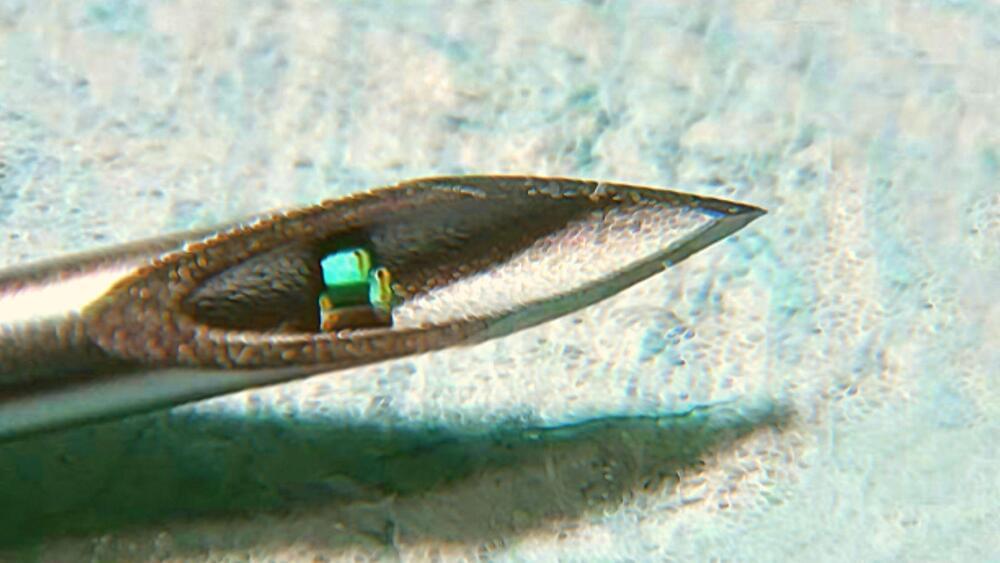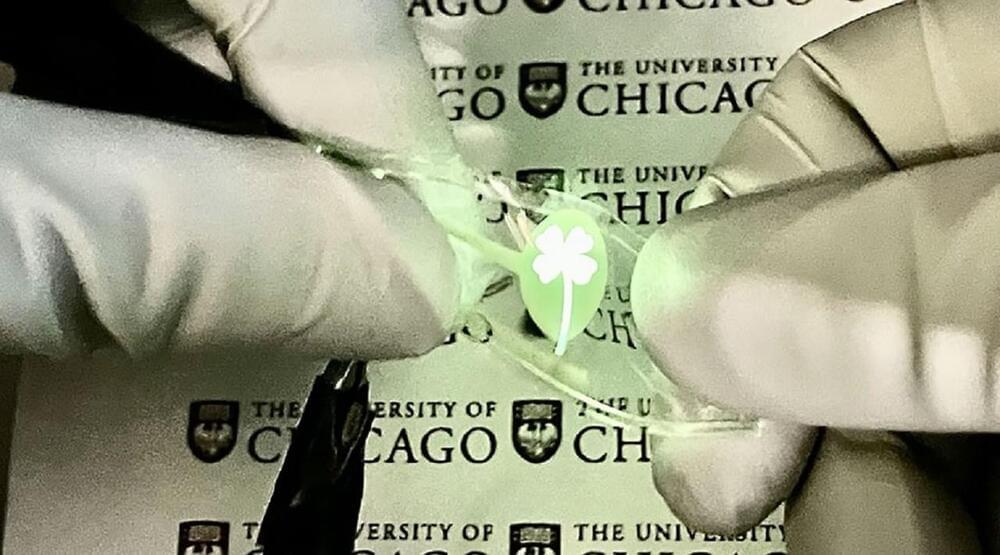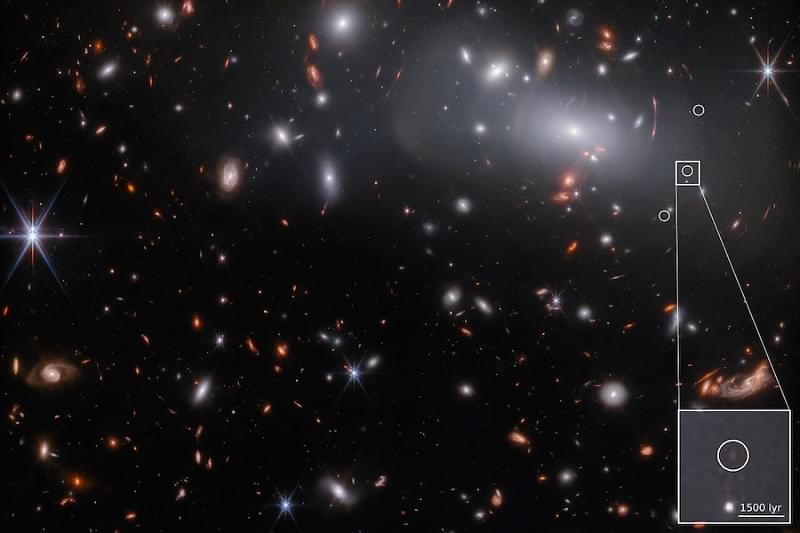https://youtube.com/watch?v=QHHrph7zDLw&feature=share
How do viruses make more copies of themselves? They do this by taking over human cells. When a virus infects a cell, it hijacks the protein-making machinery of the cell by releasing its own genetic code, or instructions, into the cell. Now, instead of making proteins for the body, the cell starts working for the virus, helping it replicate. The cell makes more and more virus particles that are released to go on and infect more cells.
Play a Kahoot! trivia game based on this animation: http://www.vaccinemakers.org/trivia.
Watch the related animation, “A Virus Attacks a Cell,” to learn how viruses get into our cells to begin the process of reproduction: https://youtu.be/jkNxmTrrZSk.
Animation created by and for the Vaccine Makers Project.
The Vaccine Makers Project gratefully acknowledges the ongoing collaboration and partnership with XVIVO, creator of medical animations and scientific media: https://xvivo.com.
Copyright © 2016, Medical History Pictures, Inc. All rights reserved.
The Vaccine Makers Project (VMP) is the classroom-based program of the Vaccine Education Center at the Children’s Hospital of Philadelphia (VEC at CHOP). The Center’s team is composed of scientists, physicians, mothers and fathers devoted to the study and prevention of infectious diseases. The Center was launched in October 2000 to provide accurate, comprehensive and up-to-date information about vaccines and the diseases they prevent. The VMP program is committed to public education about vaccine science via scientifically supported, historically accurate, and emotionally compelling content.
Access the VMP’s free classroom materials: http://www.VaccineMakers.org.
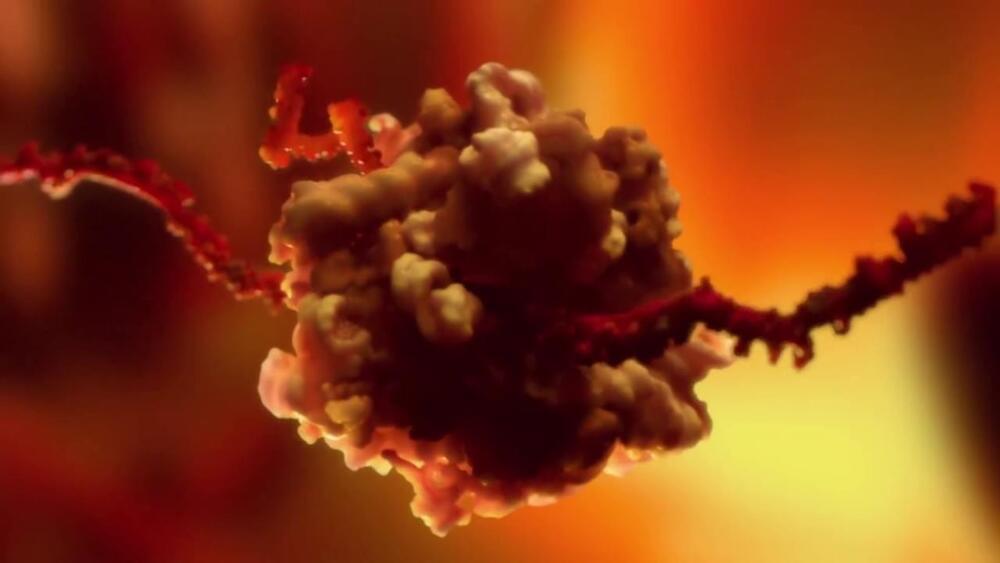
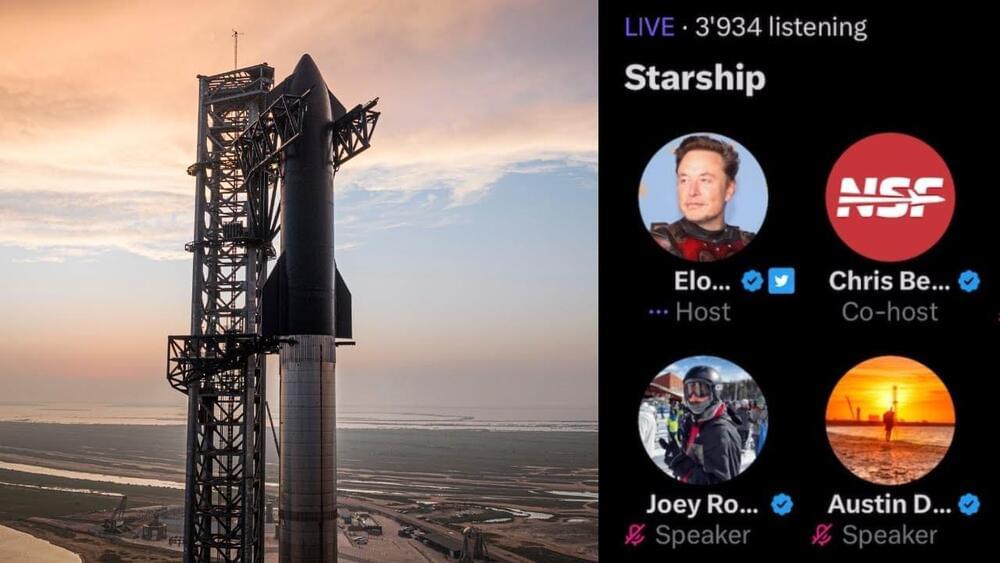


 PBS Member Stations rely on viewers like you. To support your local station, go to:
PBS Member Stations rely on viewers like you. To support your local station, go to: 

